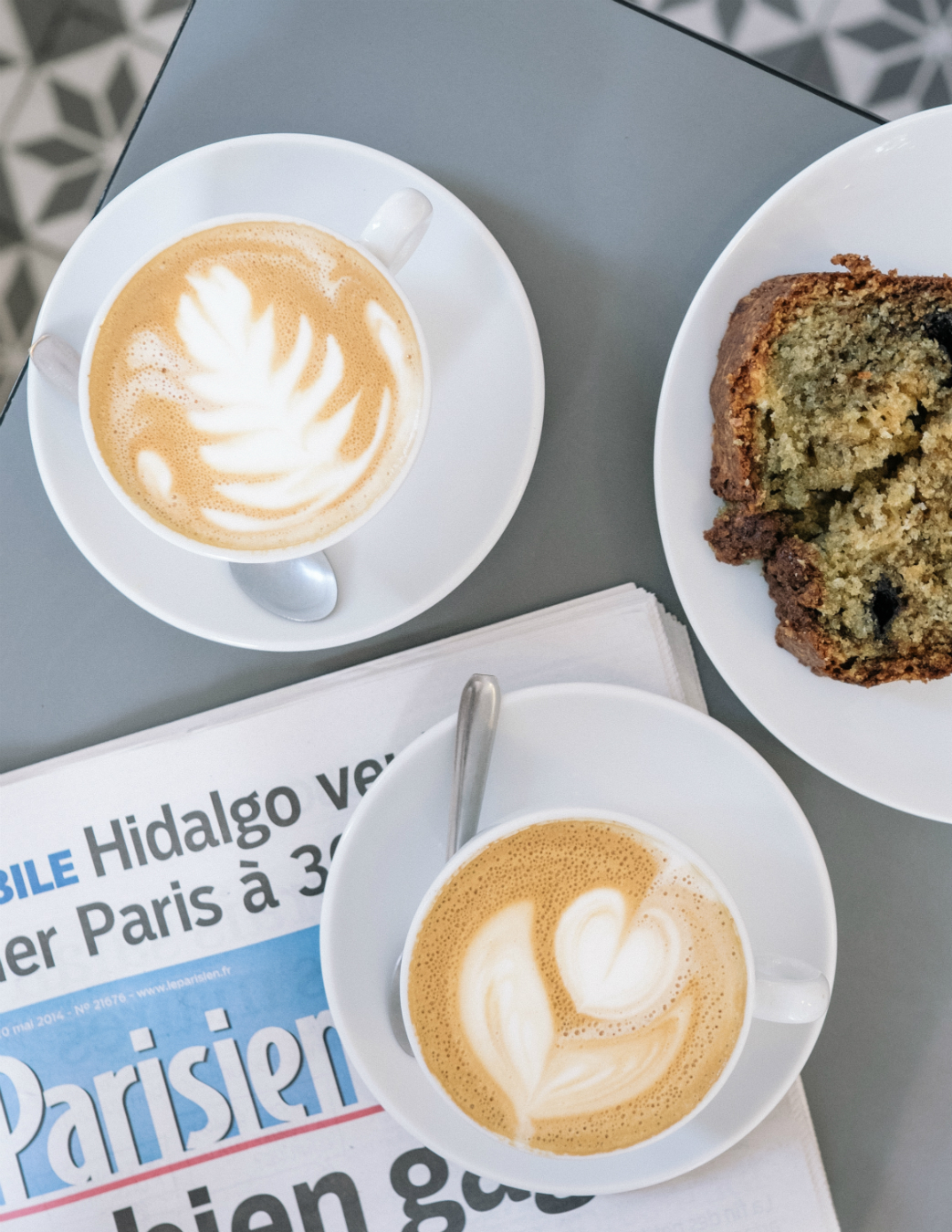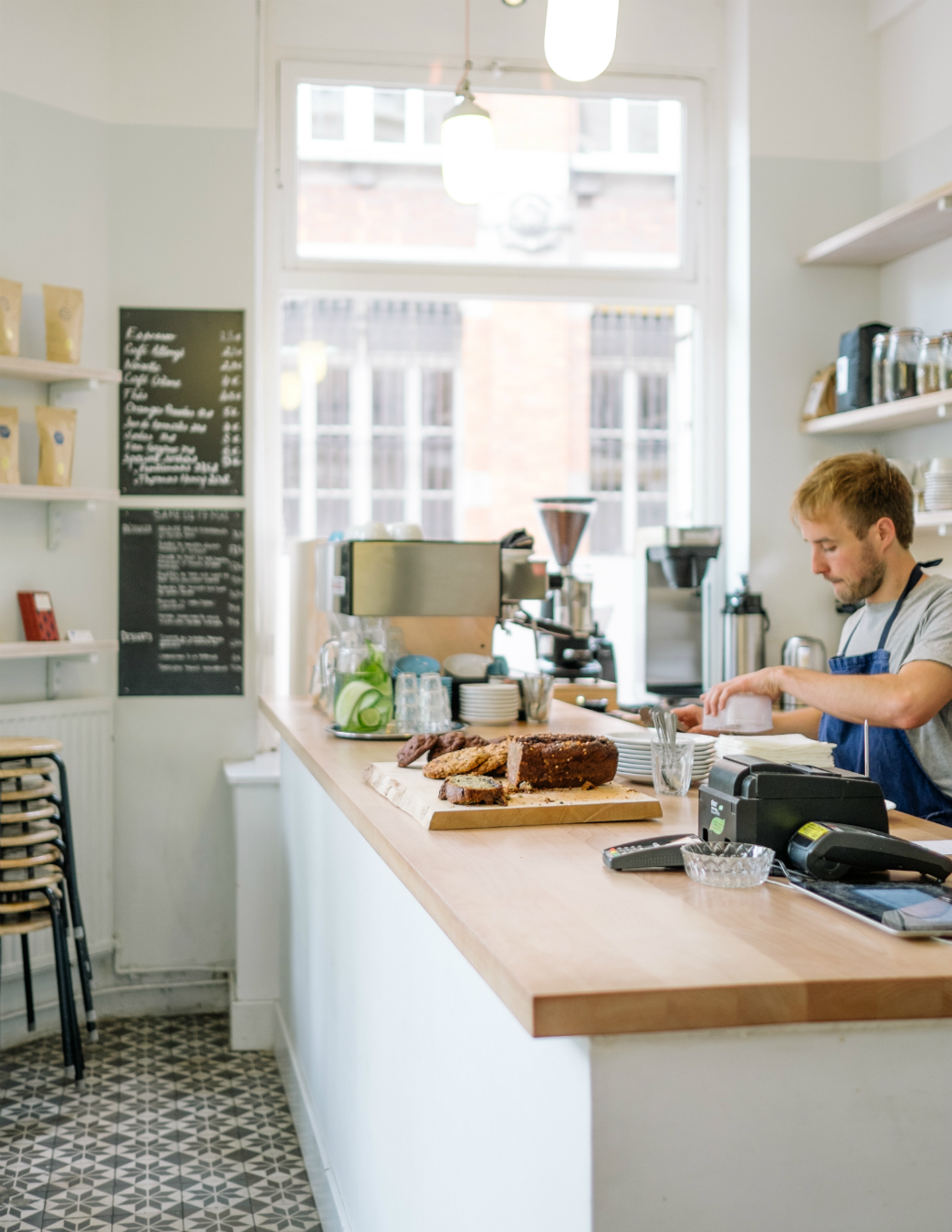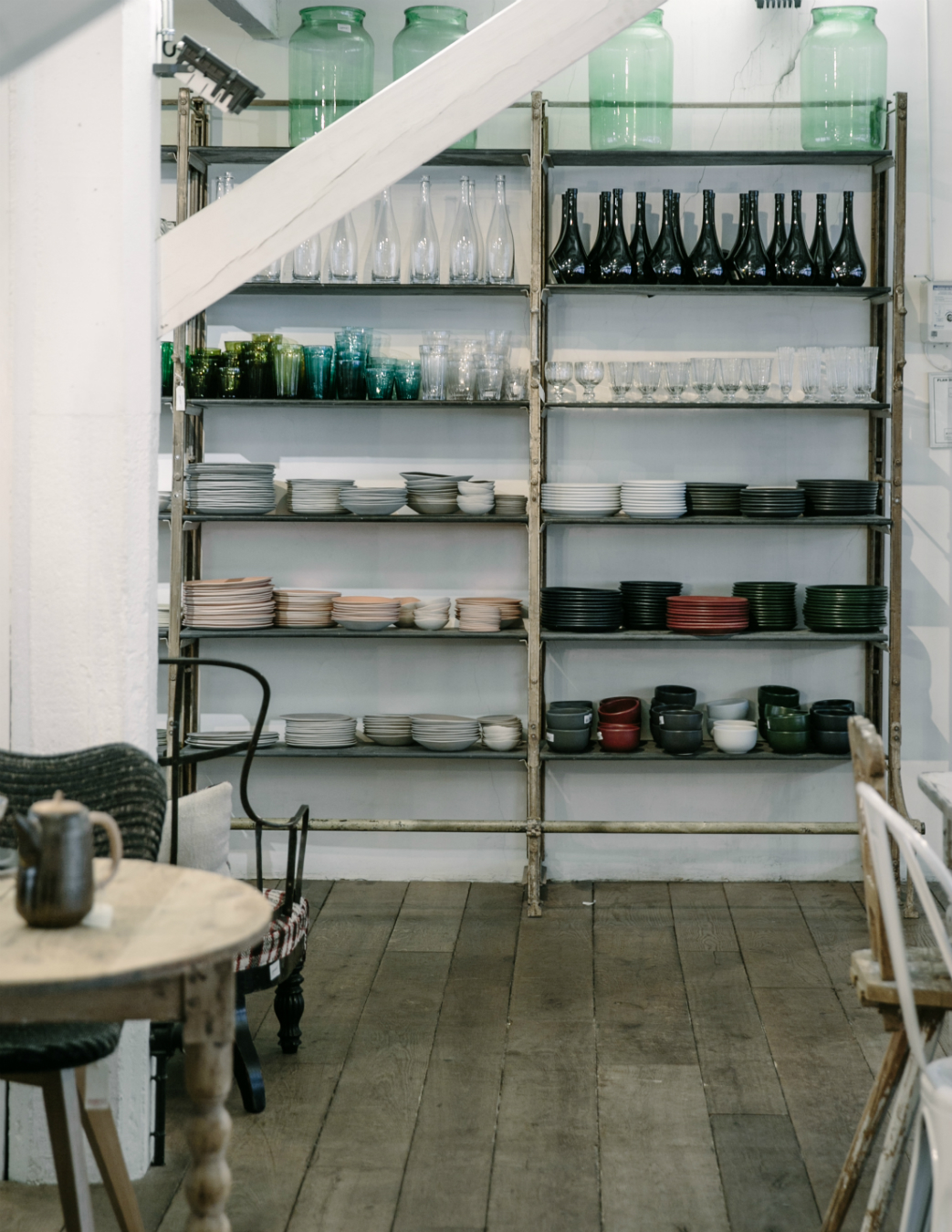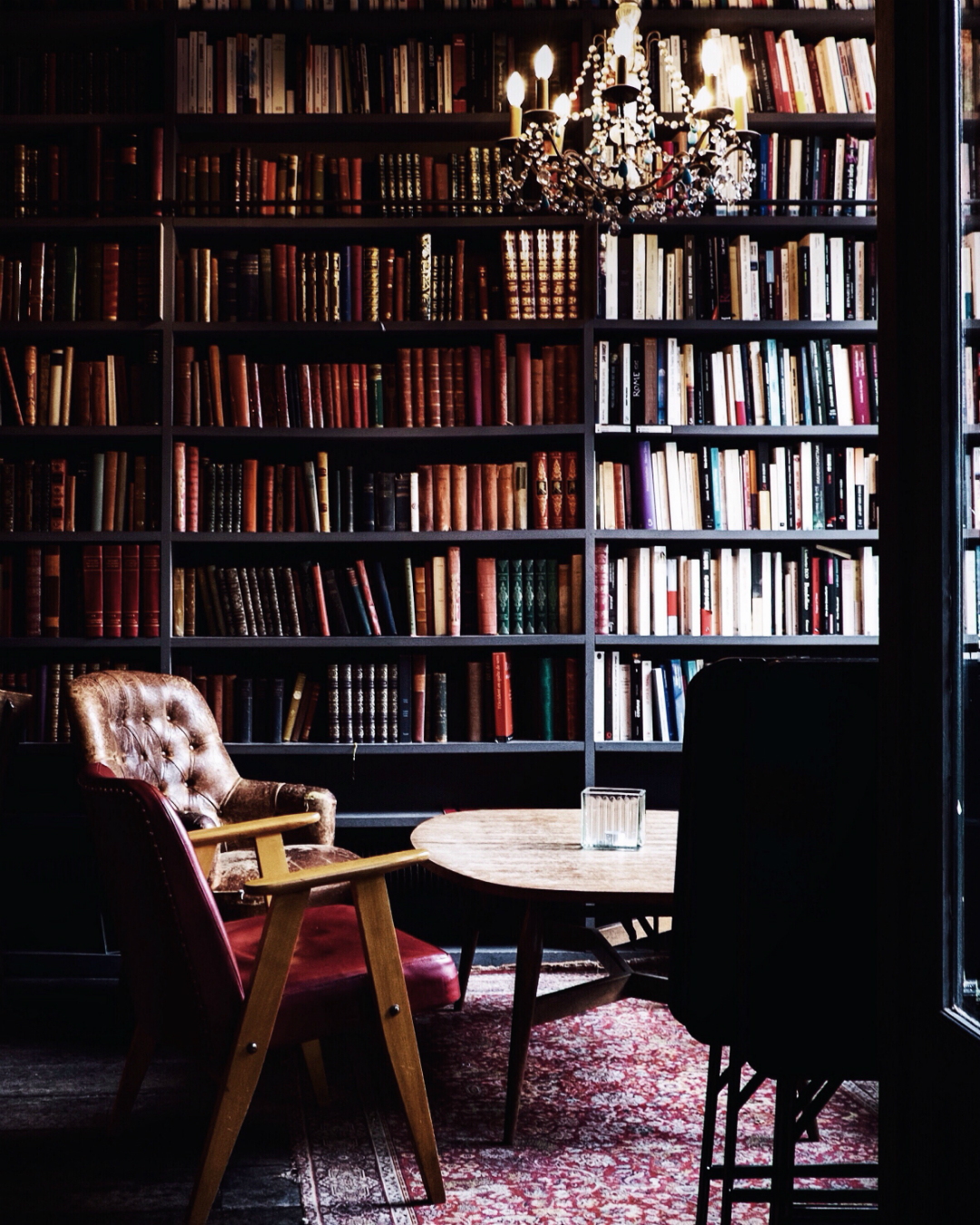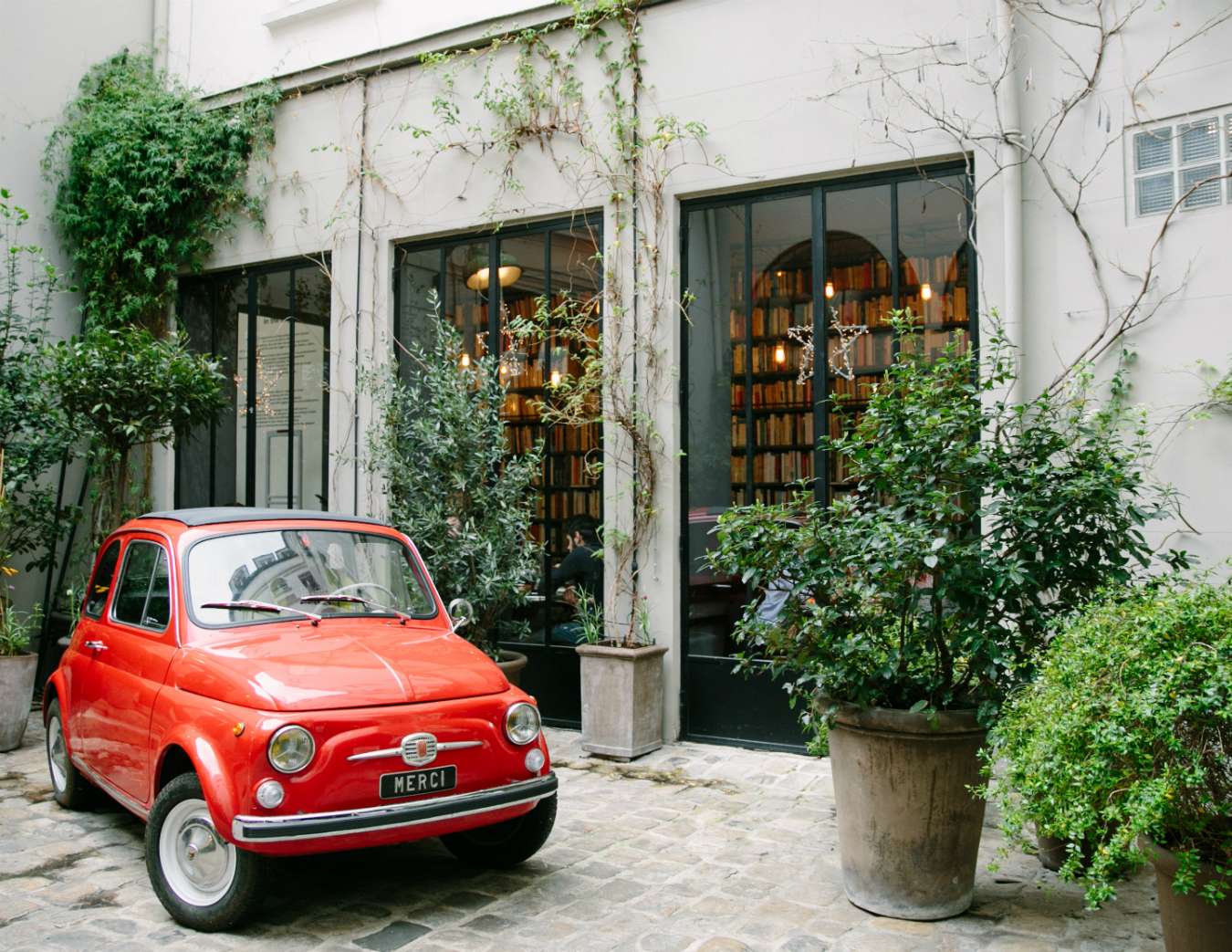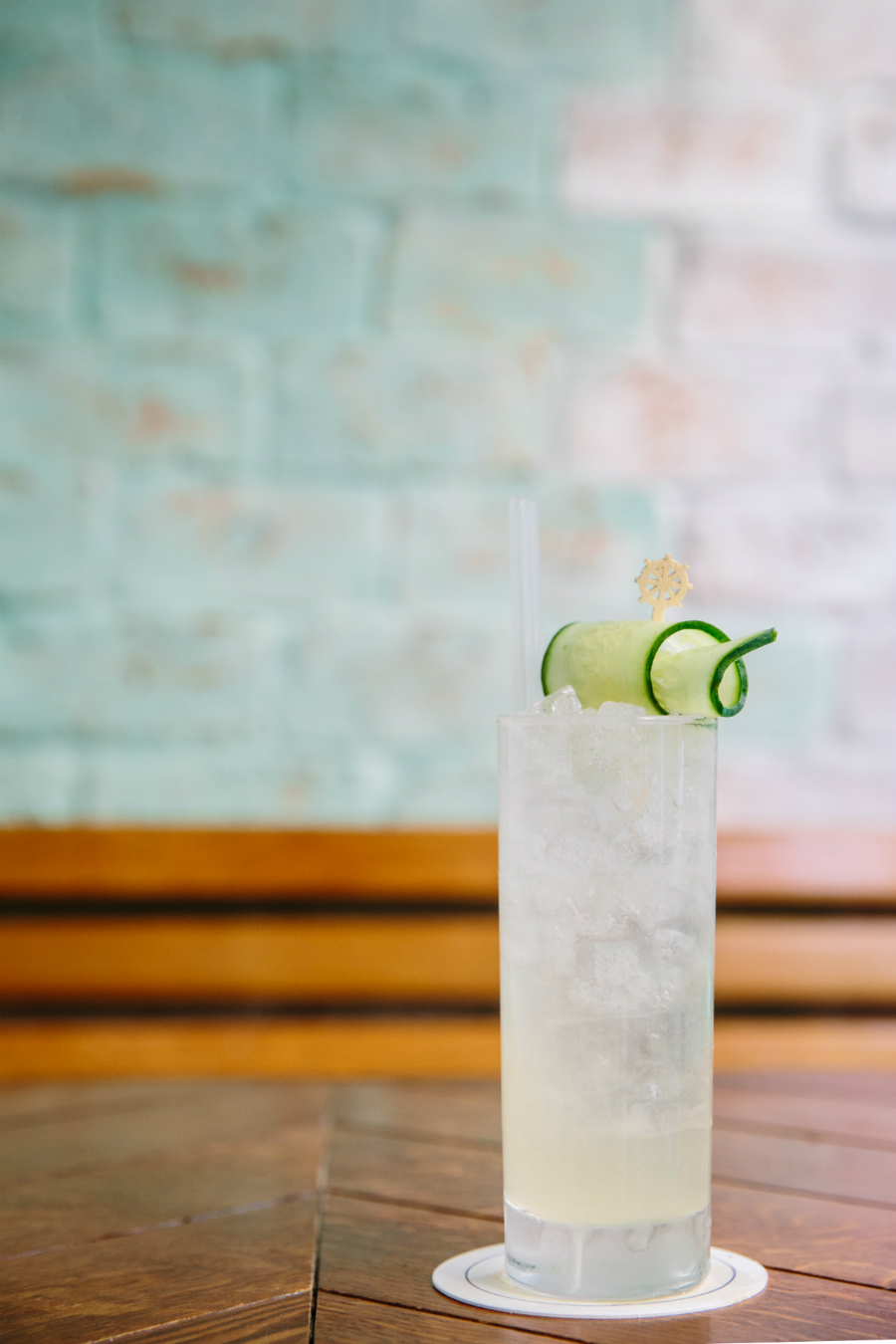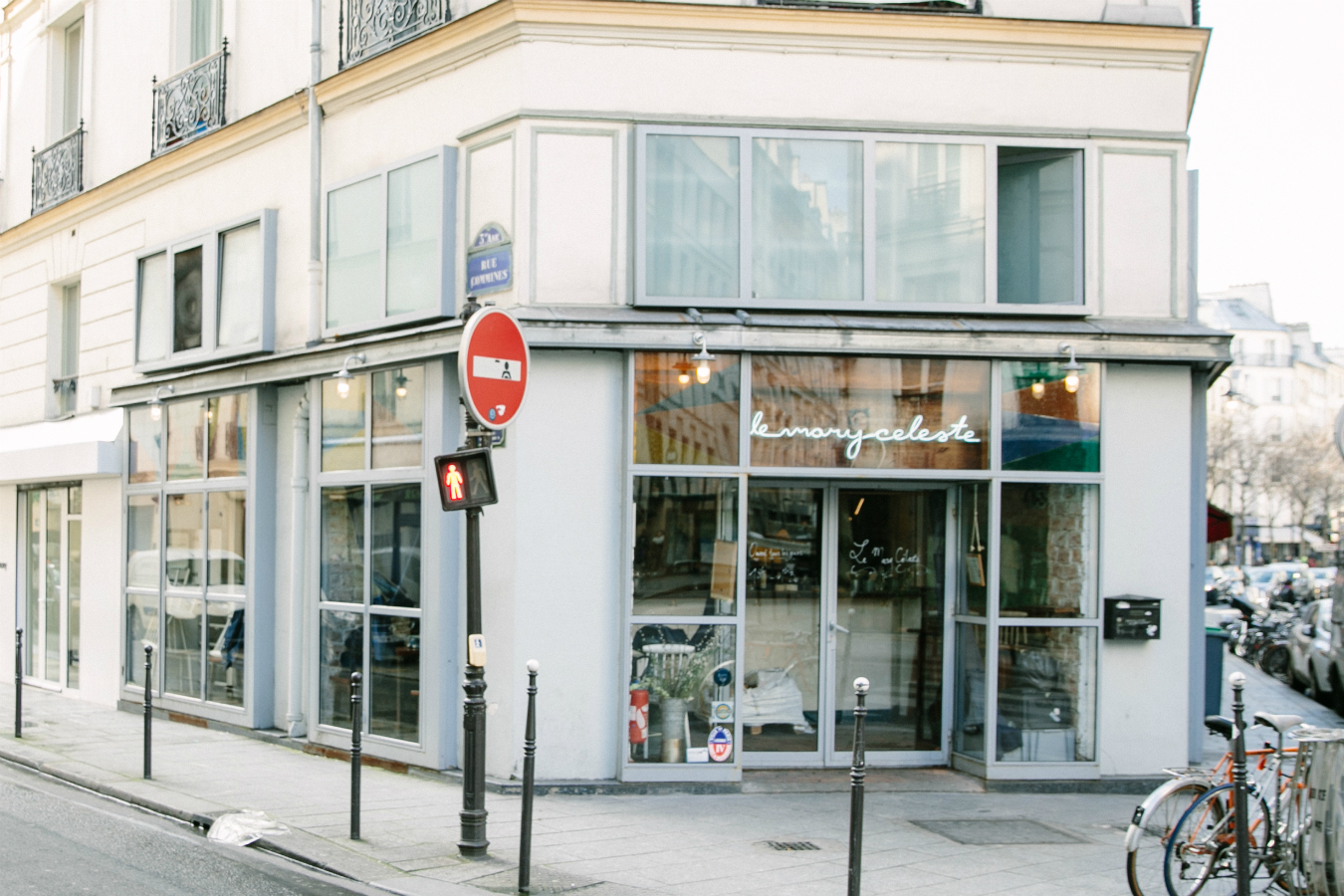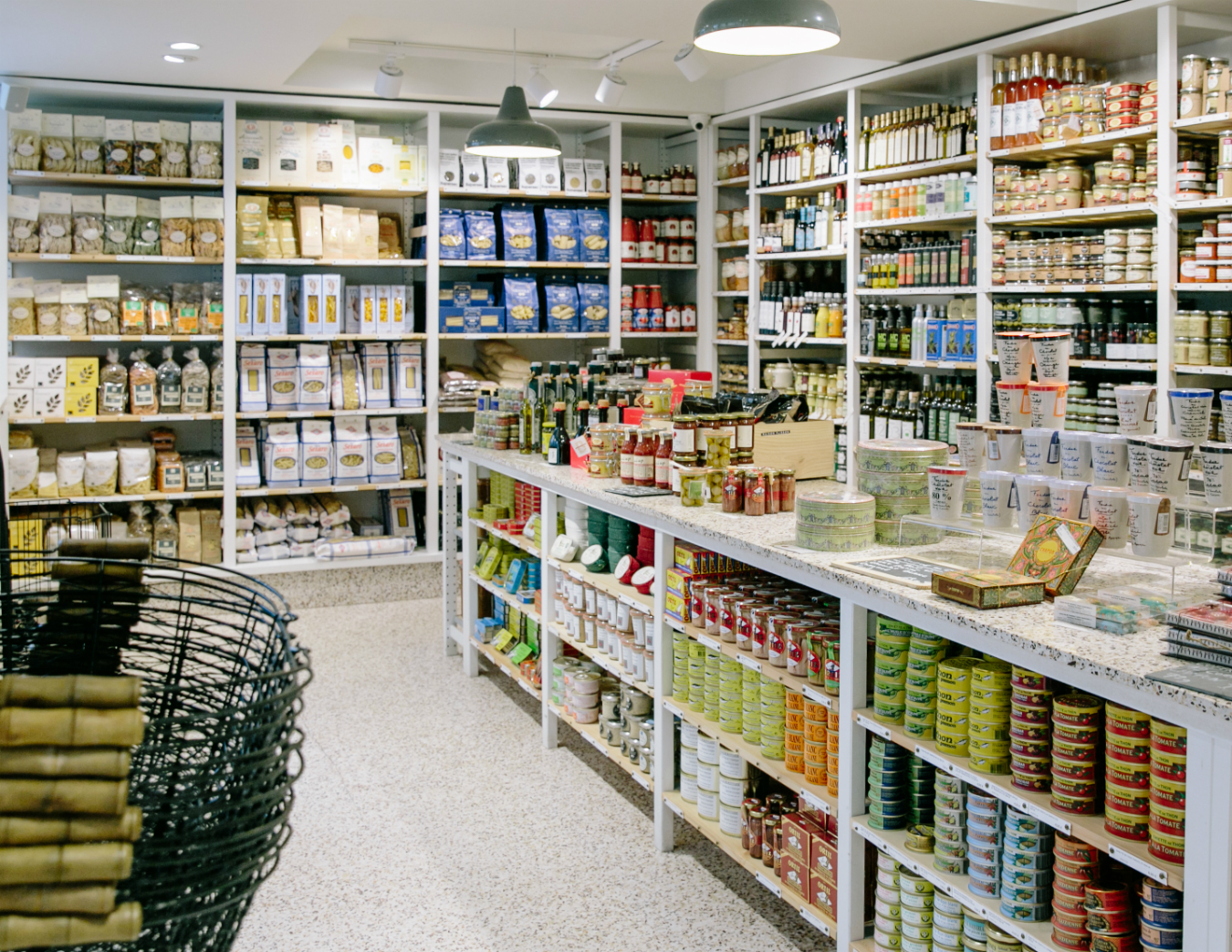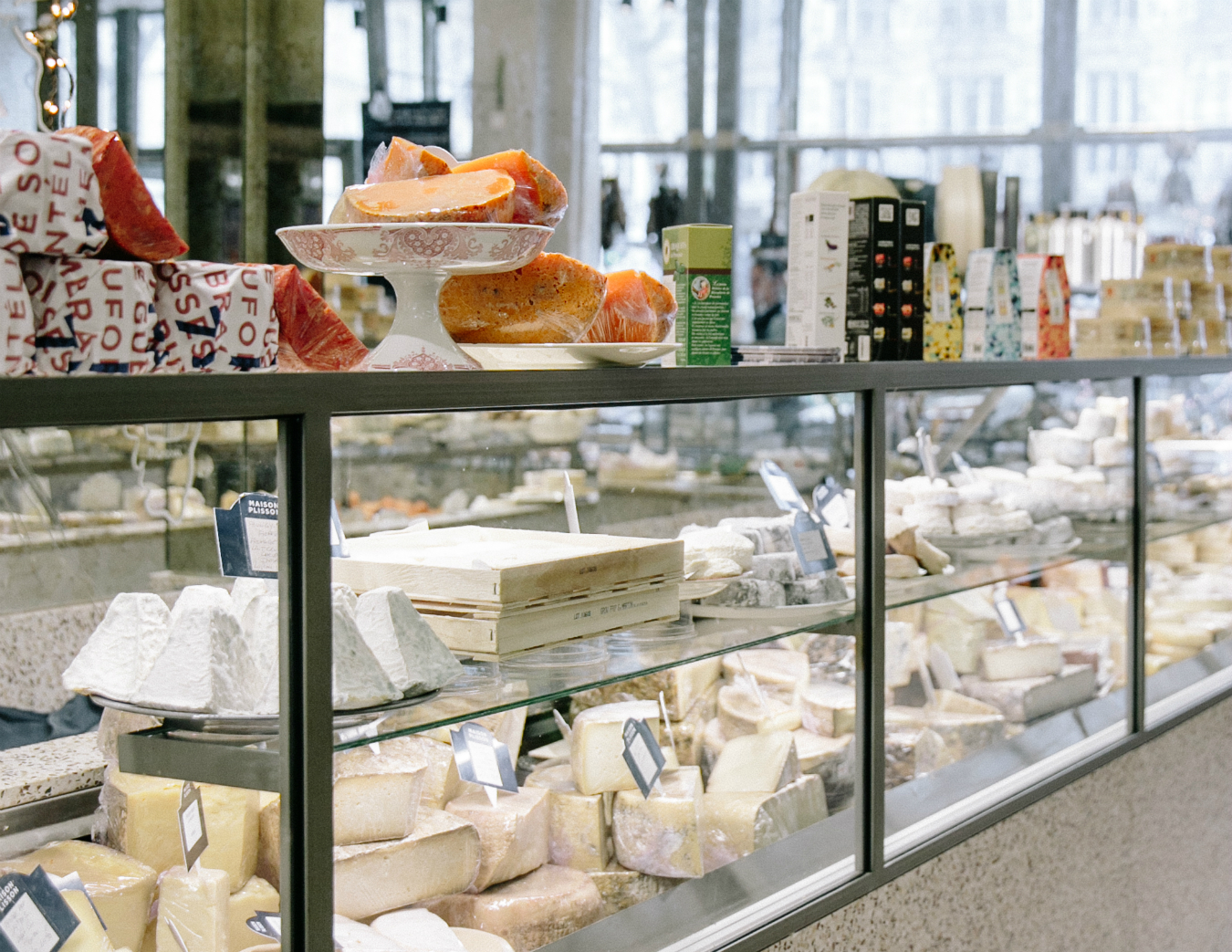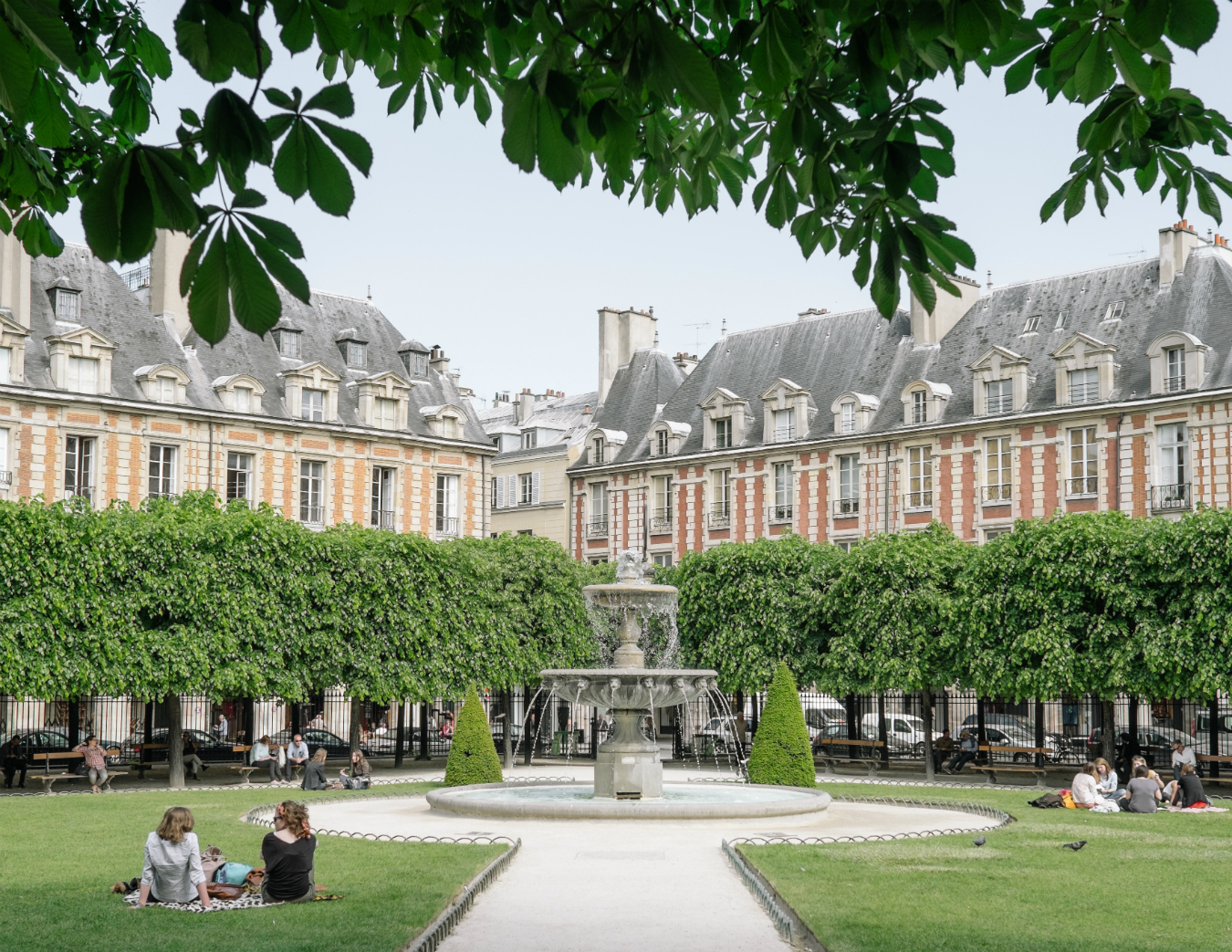It seems notable that in the heart of a city renowned for its use of stone, bronze, and iron, the swishest, most coveted neighbourhood is referred to simply as “the swamp”. Indeed, the unassuming rural moniker doesn’t do much to prepare visitors for the dynamic clash of past and present—of approachability and aesthetic—that animates Paris’s le Marais.
With its enviable situation hugging the river Seine’s right bank, le Marais has been a magnet for the city’s movers and shakers since the 17th century, when the nobility took to building their lavish Parisian homes here—many of which still stand today. Afraid for their lives following the French Revolution, the wealthy elite were quick to abandon their palatial city homes, seeking refuge in the countryside. It didn’t take long for the area to attract artisans and producers of all kinds, turning it into a thriving commercial hub. Today, the neighbourhood plays host to the city’s challah-studded Jewish quarter and proud queer community.
One of the few areas left untouched by Baron Haussmann’s push to modernize the city by building the wide stately avenues and massive squares, le Marais offers a rare taste of medieval Paris. Its narrow cobbled streets, hidden courtyards, and winding lanes provide a charmingly asynchronous setting for the neighbourhood’s trendy boutiques and hip cafés. Here are just a few of le Marais’s offerings. Not bad for a swamp.
The Broken Arm Café
A space that mirrors the simplicity of the Marcel Duchamp piece for which it was named, The Broken Arm Café offers artfully pulled coffee and a winsome menu from its Northern Marais outpost. The concept store-cum-coffee shop is the real life incarnation of an art buff (Romain Joste), a business consultant (Anaïs Lafarge), and an assistant to local fashion and luxury PR legend Jean-Jacques Picart (Guillaume Steinmetz)’s passion project. The trio worked together on the online culture magazine Des Jeunes Gens Modernes (Young Modern People) for four years before breaking off to create The Broken Arm.
Half of the 200-square-metre space is dedicated to a concept store where clothes from brands including Jacquemus, Loewe, and Lemaire rub shoulders with esoteric magazines, books, accessories, and homewares. But it’s the adjoining restaurant-café, with its tiled floors, pale woods, and soft pastels that draws the crowds from dawn until dusk. Patrons bask in patches of sunlight (courtesy of the café’s prime corner location and generous wall-spanning windows) while enjoying variations on coffee, breakfast, lunch, and pastries. Simple but always interesting, dishes like a toasted levain sandwich with tapenade, roasted pumpkin, and parmesan, and crab salad with white beans, green coriander, green mayonnaise, and dukkah grains, adorn the menu, with accompanying fluids running the gamut from beer to fresh-pressed juice. The best part? Outdoor bistro tables, where visitors can while away the time by taking le Marais’s hip and well-heeled locals.
Merci
Housed in a 19th century building hidden away from the street in a cobbled courtyard, Merci stands out among the city’s recent spate of concept stores as much for its cavernous interior as for its approachable mix of affordable and exclusive products. Owned by Marie-France and Bernard Cohen, the founders of long-standing French luxury children’s clothing brand Bonpoint, Merci’s three spacious levels cater to aesthetes and whimsy-seekers alike. Clothing by established high-end brands sits alongside lighting by lesser known designers such as Max Gunawan. Vintage furniture, jewellery, linens, office accessories, books, tableware, and tech trappings in a range of colours and styles stand at attention in carefully curated displays, encouraging visitors to circulate as if visiting a museum.
If being a sprawling mecca to form and function wasn’t enough, Merci’s offerings also comprise a literary café featuring shelf-lined walls of used books, and a separate cinema-themed café, Ciné Café, whose façades flank the store’s unassuming courtyard entrance on boulevard Beaumarchais. For those struck with sudden hunger mid-shop, the basement level offers the Merci Canteen, which sits adjacent to the kitchen and gardenware portion of the store. Diners can enjoy a sandwich or soup of the day while observing nearby shoppers casually perusing salad bowls, monogrammed cups, and enamel bakeware. Merci’s real hero, however, is the little red vintage Fiat 500 that takes pride of place in the shopfront’s courtyard.
Le Mary Celeste
Thick white ropes wind around wooden columns while a vibrant toucan mural peers down at patrons downing oysters, microbrews, and craft cocktails at Le Mary Celeste. The unexpected nautical-tropical fusion works, thanks to a generous helping of rustic exposed brick, a statement wall in a pale turquoise tint, and a distressed wood bar top. Vintage stools stand like soldiers before baskets piled high with oysters at the wraparound bar, while small plates like Danish buns generously stuffed with roasted pork and pickled cucumbers, and steak tartare with figs, marinated red peppers, dill, and fermented Sriracha are ferried out of the kitchen.
The well-attended oyster bar is the third culinary brainchild of New York’s Josh Fontaine and Adam Tsou and Colombian Carina Soto Velasquez Tsou. The trio, who founded hospitality group Quixotic Projects, discovered a winning formula and widespread success with their first two Parisian endeavours: Candelaria, a taco, tostada, and tortilla joint serving experimental cocktails, and Glass, a trendy hipster dive bar serving up craft beer and innovative cocktails alongside organic hot dogs and pickled vegetables. What sets them apart? An uncanny ability to identify unfilled niches in the local culinary scene—not to mention their much lauded cocktails, like the Marseillan, a compelling blend of Noilliy Prat, Suze, raspberry syrup, cardamom, and Pastis, or the Mon Petit Pays, with Monkey Shoulder, Manzanita sherry, Laphroaig, lime, and caramelized banana purée.
La Maison Plisson
Torres truffle chips from Spain, buttery biscuits from Brittany, and sheep’s milk ice cream from Arriège are just some of the hard-to-find products lining the shelves of le Marais’s recently opened Maison Plisson. A one-stop luxury grocery shop, this 500-square-metre space houses a butcher’s counter, bakery, cheese shop, dairy, wine cellar, restaurant, and café. Delphine Plisson and her husband Philippe, a food writer, opened the shop’s doors in 2015. Like many Parisian entrepreneurs, Delphine comes from a fashion background; she was executive and marketing director for French label Claude Pierlot for five years before giving it all up in favour of food.
Her aim? To source the finest, purest, and most authentic products around. To that end, the couple put in many gruelling weeks of “research” visiting the country’s artisans and producers. The products then underwent a series of rigorous blind taste tests before making it on Maison Plisson’s limited number of shelves. The result is a 1,500-strong collection of some of the country (and continent)’s most interesting offerings (not to mention a wine cellar boasting over 300 bottles), making it just the place for gastro souvenirs. Open for breakfast, lunch, and dinner, the grocery store’s adjacent restaurant and café uses products from the store to serve up home-style dishes such as roast Bressou veal with lentils, caramelized onions, quince paste, and Osso Iraty cheese, or duck confit with potato gratin and cabbage slaw. The verdant terrace, with its mint green and gold art deco façade, is just the place for a long lunch or lazy breakfast.
Place Des Vosges
Boasting the badge of being the oldest planned square in all of Paris, the place des Vosges was initially conceived in 1605, in honour of King Henry II. The fiery monarch died of a fatal eye wound—acquired during a duel fought during the wedding celebrations of his daughter Élisabeth to Philippe II of Spain—in the hôtel des Tournelles. The ill-fated hotel, left abandoned after the king’s death, was later razed by Henry IV to build the square that stands today. Originally called the place Royale, the square was the setting for cavalcades, tournaments, duels, and performances of all kinds.
After a series of short-lived name changes following the tumultuous post-Revolutionary period, the square was finally renamed place des Vosges in 1800, to commemorate the Vosges region of France—the first to pay taxes to the newly minted French republic. Observant visitors will notice that the buildings that surround the tree-studded place have a pleasantly uniform aspect, thanks to a royal edict that set strict parameters for the buildings’ architecture: two-stories high, made of red brick and limestone, with steep slate roofs. The only exceptions to this aesthetic statute are the pavillon du roi (king’s pavilion) in the middle of the south side of the square, and the accompanying pavillon de la reine (queen’s pavilion) in the north. The square is worth visiting as much for its good looks and historical significance as for its neighbours, which include longstanding Parisian stalwart restaurant Carette and the hidden Pavillon de la Reine hotel.
Indeed, life in the swamp can be all kinds of pleasing.
__________
Read more Travel stories here.

